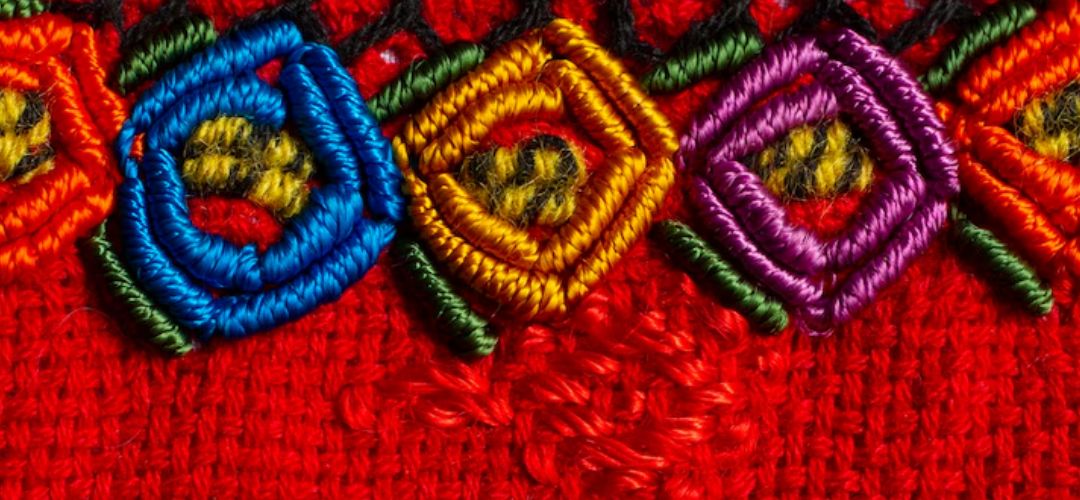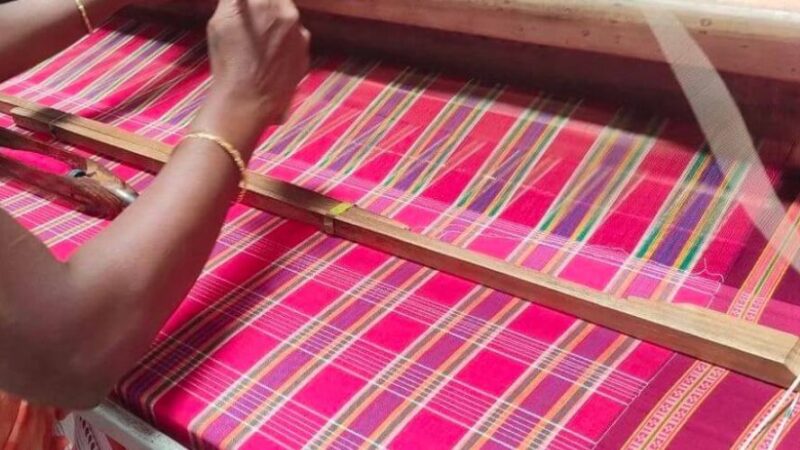Threads of Tradition: Exploring the Rich Legacy of Himachal Pradesh Embroidery

Himachal Pradesh, nestled in the lap of the Himalayas, is not just famous for its picturesque landscapes and spiritual sanctuaries—it is also a treasure trove of rich handicrafts and textile traditions. Among its many cultural jewels, Himachal Pradesh embroidery stands out as a testament to the region’s deep-rooted artistic expression and vibrant heritage.
The Soul of the Hills: Understanding Himachal Pradesh Embroidery
Embroidery in Himachal Pradesh is more than decorative needlework—it’s an art form passed down through generations, reflecting the state’s diverse tribal cultures, mythology, and religious beliefs. With each stitch, local artisans tell stories of gods and goddesses, folklore, and the natural beauty that surrounds them.
This form of embroidery is most often practiced by women in rural areas, who learn the craft from their mothers and grandmothers. It is a deeply personal and community-based tradition, one that forms an essential part of a woman’s identity and social status.
Styles and Techniques Unique to Himachal Pradesh
The embroidery of Himachal Pradesh isn’t homogenous; it varies significantly across the regions within the state. The most well-known styles include:
1. Chamba Rumal Embroidery
Perhaps the most iconic of Himachal’s needlework traditions, Chamba Rumal dates back to the 17th century and originated in the Chamba district. The word ‘Rumal’ means handkerchief, but these are no ordinary squares of fabric. The Chamba Rumal is revered for its miniature Pahari paintings translated into silk embroidery.
Done in double satin stitch, this embroidery style uses untwisted silk threads on muslin or khaddar cloth. Themes typically include scenes from epics like the Ramayana and Mahabharata, Krishna’s Raas Leela, and local folklore. What’s fascinating is that the embroidery is done in such a way that both sides of the cloth look equally finished and beautiful.
2. Kullu Embroidery
The Kullu region, known for its woolen weaves, is also home to bold, geometric embroidery. Traditional motifs include stylized animals, birds, and flora—rendered in vivid colors like red, black, green, and white. Kullu embroidery often adorns the borders of woolen garments like shawls, caps, and tunics.
3. Kinnauri Embroidery
Kinnaur’s embroidery is distinctive due to its subtle use of color and fine detailing. It’s usually done on woolen fabrics and features Buddhist symbols, nature motifs, and intricate patterns influenced by Tibetan art. This style is less flamboyant than Chamba or Kullu embroidery but rich in spiritual and cultural significance.
Materials and Motifs
Artisans in Himachal Pradesh use a variety of locally available materials such as wool, cotton, and silk threads. Traditionally, natural dyes were used to create the vibrant colors, although synthetic dyes are more common today.
Motifs are inspired by the region’s lush environment and spiritual leanings—deities, temple architecture, flora, fauna, and even astrological symbols frequently appear. Each pattern and color has a meaning. For instance, red symbolizes valor and fertility, while white is associated with peace and purity.
Embroidery as a Social and Cultural Narrative
In Himachal Pradesh, embroidery is not just decorative; it has always played a key role in social rituals. Hand-embroidered items are considered auspicious and are commonly part of dowries. Special designs are made for festivals, weddings, and religious ceremonies.
Women often gather in groups to embroider, turning the craft into a social activity. It is during these times that stories are shared, songs are sung, and skills are honed. In this way, embroidery strengthens the fabric of community life while preserving cultural identity.
Challenges in the Modern Era
Despite its beauty and cultural value, Himachal Pradesh embroidery faces challenges in the contemporary world. With modernization and the rise of machine-made fabrics, the demand for hand-embroidered goods has declined. Young people often migrate to cities for better job prospects, leaving behind traditional crafts.
Additionally, due to a lack of proper documentation and commercial support, many embroidery styles are at risk of being forgotten. There is also the issue of imitation—mass-produced products often mimic traditional styles without respecting their origin or giving due credit to artisans.
Revival Efforts and the Way Forward
Fortunately, in recent years, there has been a growing awareness of the importance of preserving India’s textile heritage. Government bodies, NGOs, and private organizations have initiated steps to promote Himachal Pradesh embroidery at national and international platforms.
Craft fairs, online marketplaces, and artisan collectives are helping bring these handmade products to a global audience. Fashion designers are also incorporating Himachali embroidery into modern apparel, giving the craft a contemporary twist while keeping the tradition alive.
Workshops and training programs are being organized to teach the younger generation the skills necessary to continue the art form. There’s also a push to secure GI (Geographical Indication) tags for regional embroidery styles like Chamba Rumal, ensuring they are protected and fairly marketed.
How You Can Support Himachal Embroidery
As consumers, we can play an essential role in preserving traditional crafts like Himachal Pradesh embroidery. Here’s how:
- Buy authentic: Choose handcrafted goods from certified artisans or government-backed cooperatives.
- Promote awareness: Share information about Himachali embroidery with friends, family, or on social media.
- Visit local artisans: If you travel to Himachal Pradesh, visit villages and workshops to see the craft firsthand and purchase directly from the makers.
- Incorporate into fashion: Wear or gift clothes and accessories that feature Himachali embroidery. Support designers who work ethically with rural artisans.
Conclusion: A Legacy Stitched with Love
The beauty of Himachal Pradesh embroidery lies not just in its visual appeal but in its cultural depth and emotional resonance. Each thread tells a story—of tradition, resilience, and creativity. In a world increasingly dominated by fast fashion and automation, crafts like these remind us of the value of time, effort, and human connection.
By appreciating and supporting Himachal’s embroidery, we don’t just buy a product—we become part of a larger movement to preserve India’s living heritage. Let’s ensure that the art of needle and thread continues to bloom in the hills of Himachal for generations to come.





